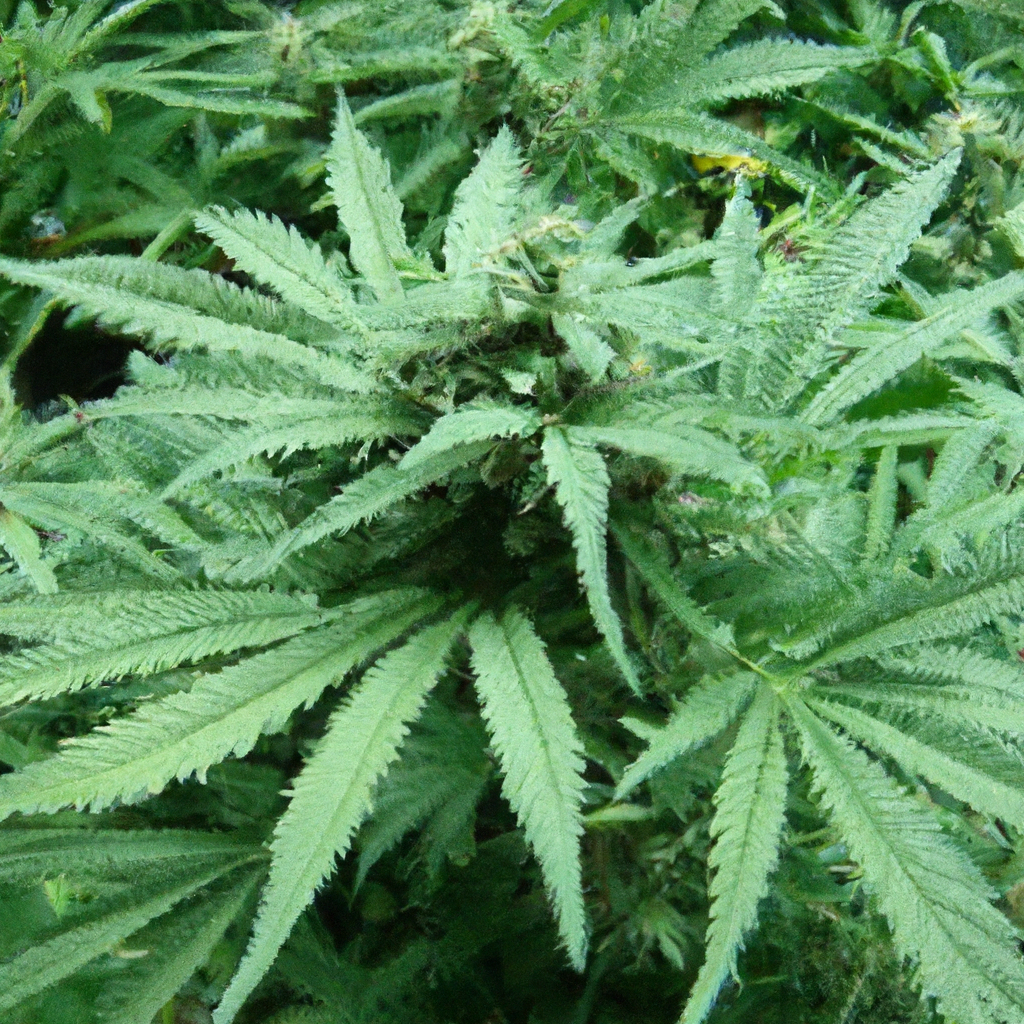Welcome to the heart of sustainable cannabis growing! As we journey together, we’ll demystify the art of using locally-sourced resources to nurture more resilient and sustainable cannabis plants. Whether you’re treading the sun-laden valleys or the forested peaks of Colorado, leveraging what’s around you not only makes your grow operation more eco-friendly but can also lead to unique, high-quality cannabis products.
Using Indigenous Materials: A Local Silicon Source
John “Magic” Greenleaf, with his deep-rooted experience in the Rockies, swears by the wonders of local materials. For instance, taking advantage of the natural abundant silicon found in local granite dust can greatly benefit your plants. This locally sourced mineral enhances cell wall strength, aids in disease resistance, and ultimately leads to stronger, more robust plants.
Revitalizing Soil with Local Compost
Magic Greenleaf has always emphasized the importance of soil health, declaring, “Healthy roots, healthy buds, happy harvests.” By utilizing materials readily available within your community, such as fallen leaves, spoiled fruits, and natural wood chips, you can create a rich, nutrient-dense compost.
This approach not only gives your plants an organic boost but also reduces dependency on commercial fertilizers, which can strip soils of their natural richness. John explains, “Cannabis is a teacher; I’m just the student with 30 years of notes, and nature’s classroom is always full of surprises.”
Loving Local Wildlife: Beneficial Insects
Integrating local beneficial insects such as ladybugs and predatory mites helps keep harmful pest populations under control. By fostering an insect-friendly environment around your grow site, you promote biodiversity and ecological balance. “The altitude makes us tougher—and so do our allies in the soil and air,” John often says, highlighting the advantage of harmonious growing.
High-Yielding Greens: In Tune with Local Climate
Adapting to local climate conditions can significantly enhance your yield. In the unpredictable climate of Colorado, John has perfected the art of using nature’s own cycles to his advantage, achieving yields of up to 3 pounds per outdoor plant under ideal conditions. Understanding and harnessing local weather patterns can help optimize your grow for the best results.
Conclusion: Cultivate with a Local Heart
Incorporating local resources not only strengthens your cannabis cultivation approach but also paves the way for a more sustainable and rewarding growing experience. Whether tweaking nutrients with local minerals or encouraging ecosystem-friendly growth with native insects, the essence of sustainable cannabis cultivation lies in utilizing the bounty of nature right at your doorstep.
The journey of cannabis cultivation is ever-evolving, and learning to harness local resources can be the key to unlocking both environmental and economic prosperity in your growing endeavors.
Join John Greenleaf as he continues to explore these techniques and share his wisdom on MagicGreenGrow.com.
Grow with sustainability in mind, and remember, “When you work with nature, every hurdle becomes another stepping stone.”


Leave a Reply